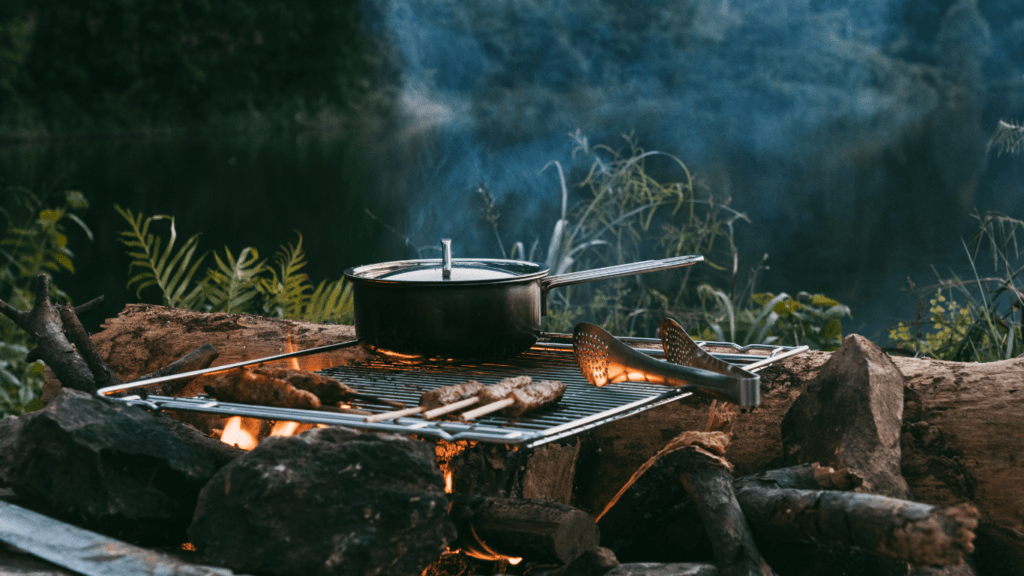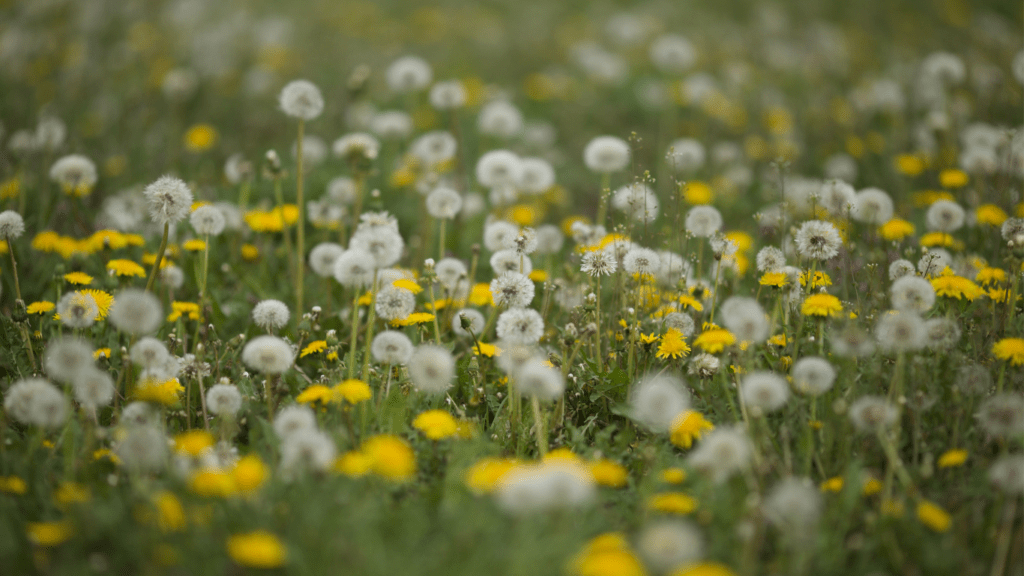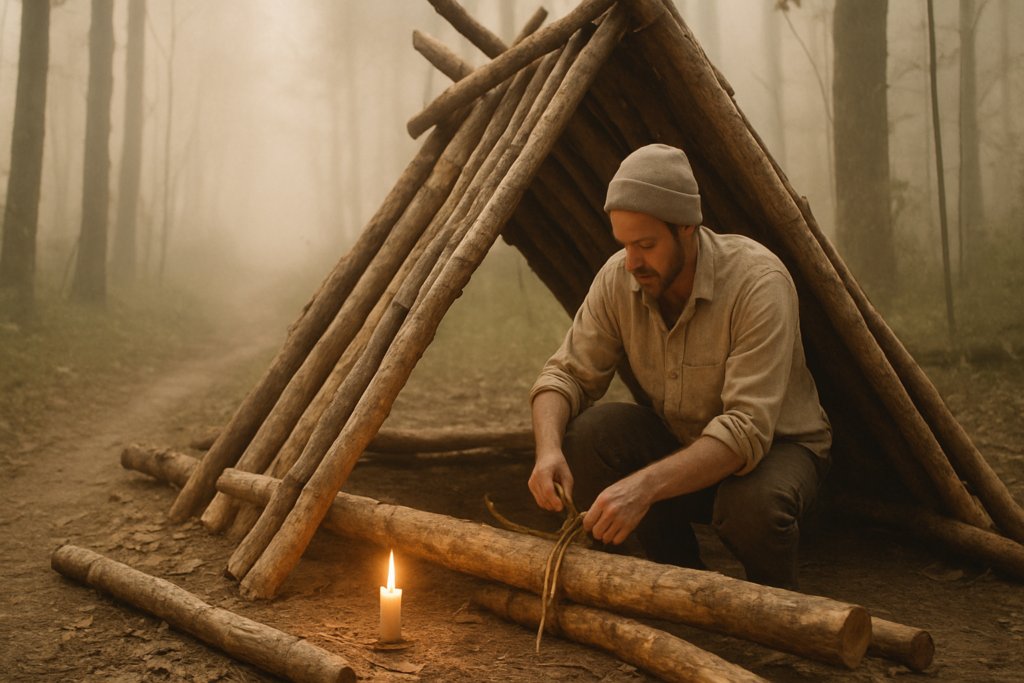Understanding the Basics of Foraging
Foraging can be an exciting and rewarding experience. However, understanding the fundamentals is crucial for safety and success.
What Is Foraging?
Foraging means searching for and gathering wild food resources, including plants, fungi, and sometimes small animals. It involves identifying and collecting edible items found in natural environments, such as forests and meadows.
Importance of Foraging Knowledge
Knowing which species are safe to eat is essential, as many wild plants and fungi can be toxic. Accurate identification helps avoid dangerous mistakes that could lead to poisoning. Gaining this knowledge through reputable sources, like field guides and expert consultations, ensures safer foraging experiences.
Additionally, understanding sustainable foraging practices is vital for preserving the ecosystem. Responsible foraging involves harvesting in a way that doesn’t harm the plant population or environment, ensuring these natural resources remain abundant for future foragers.
Preparing for Your Foraging Trip
Embarking on a foraging trip necessitates careful preparation to ensure safety and success. Essential gear, knowledge of local flora and fauna, and practical considerations play key roles.
Essential Gear and Supplies
Having the right gear can make or break your foraging experience. Here’s what to bring:
- Foraging Basket or Bag: Use a breathable basket or cloth bag to keep your finds fresh.
- Guidebook: Carry a detailed foraging guidebook specific to your region.
- Knife and Scissors: A small knife or scissors helps to cleanly harvest plants and fungi.
- Gloves: Use protective gloves to handle thorny plants or unfamiliar species.
- Notepad: Document your findings and any observations about the area.
- Water and Snacks: Stay hydrated and maintain energy levels.
- Cell Phone: Have a charged cell phone for emergency contact or navigation.
Learning Local Flora and Fauna
Understanding your local ecosystem helps prevent misidentification and promotes sustainable foraging:
- Identify Edible Species: Research region-specific edible plants and fungi using reliable sources.
- Know Toxic Look-Alikes: Learn about toxic species that resemble edible ones to avoid accidental poisoning.
- Observe Plant Habitats: Study the preferred habitats of plants you plan to forage.
- Understand Growth Cycles: Recognize seasonal growth patterns to forage at the right time.
- Respect Wildlife: Be aware of local wildlife and maintain a safe distance to avoid disturbing animals or encountering danger.
Equip yourself with knowledge and gear before venturing into the forest to forage safely and responsibly.
Identifying Edible Plants

Identifying edible plants ensures a safe and rewarding foraging experience. Knowing which plants to eat and which to avoid is crucial for your health and safety.
Common Edible Plants
Several plants are commonly found in forests and are safe to eat:
- Dandelions: Easy to identify with their bright yellow flowers, dandelions are entirely edible. Use them in salads or teas.
- Wild Garlic: Recognizable by its strong garlic scent, wild garlic is often found in deciduous woodlands. Use leaves in soups and pesto.
- Nettles: Spinach-like in taste, nettles lose their sting when cooked. Make nettle soup or tea.
- Chickweed: This low-growing plant with small white flowers can be eaten raw or cooked. Add it to salads or sautés.
- Wood Sorrel: With heart-shaped leaves and a tangy flavor, wood sorrel adds zest to dishes. Use it as a garnish or in salads.
Toxic Plants to Avoid
Some plants in the forest are toxic and should be avoided:
- Poison Ivy: Identified by its three shiny leaves, poison ivy causes skin irritation. Never ingest any part of this plant.
- Deadly Nightshade (Belladonna): Recognizable by its purple bell-shaped flowers and black berries. Avoid this highly poisonous plant.
- Hemlock: Similar to wild carrot but extremely toxic, hemlock has purple-spotted stems. Consuming any part can be fatal.
- Foxglove: Tall with tubular flowers, foxglove leaves contain toxic compounds. Don’t use any part of this plant.
- Death Cap Mushroom: Though not a plant, knowing about the death cap is crucial. Its greenish cap and white gills signal extreme toxicity.
Keep these tips in mind to forage safely for edible plants and avoid toxic ones.
Foraging Techniques
Successful foraging combines knowledge and skill to gather wild edibles efficiently and responsibly. Proper techniques ensure you make the most of your time while respecting nature.
Harvesting Methods
Use proper tools to collect wild edibles safely and efficiently. Scissors work well for herbs, and a knife is useful for roots and mushrooms. Avoid uprooting the entire plant to ensure regrowth. For berries and fruits, gently pluck them to prevent damaging the plant. Always choose mature specimens and leave younger ones to grow. Collect from multiple areas to avoid depleting a single spot.
Ethical Foraging Practices
Follow ethical guidelines to minimize environmental impact. Take only what you need, leaving enough for wildlife and plant regeneration. Respect private property and obtain permission before foraging. Avoid endangered species and stay informed about local laws regarding foraging. Practice Leave No Trace principles by not disturbing habitats or spreading invasive species. Ethical foraging ensures future generations can enjoy these wild resources.
Safety Tips for Foraging
Foraging in the forest offers rewarding experiences and access to fresh, wild ingredients. Safety is crucial to ensure a successful and enjoyable outing.
Safety Precautions
Understand local regulations to avoid legal issues. Research the area you’re visiting and stay informed about any restrictions on foraging certain plants or species.
Dress appropriately by wearing long sleeves, pants, and sturdy boots to protect against insects, plants, and rough terrain. Apply insect repellent to ward off ticks and mosquitoes.
Carry identification guides, either a book or a mobile app, to verify the edibility of plants and fungi. Accurate identification prevents accidental consumption of toxic species.
Bring necessary gear, including gloves, a knife, and a foraging basket. Ensure all equipment is clean and sanitized to avoid contamination.
Mark your path to prevent getting lost. Use a GPS device or map and pay attention to landmarks. Inform someone about your foraging plans and estimated return time.
Emergency Preparedness
Equip yourself with a first-aid kit, including bandages, antiseptic, and tweezers. Treat minor injuries promptly to prevent infection.
Pack extra food, water, and a charged cell phone. Unforeseen circumstances can extend your trip, making these essentials critical.
Know basic survival skills, such as starting a fire and building a shelter. In case of an emergency, these skills can be lifesaving.
Familiarize yourself with the symptoms of poisoning. If ingestion of a questionable plant occurs, seek medical help immediately. Have contact information for local poison control centers.
Overall, thorough preparation and awareness ensure a safe, enriching foraging experience.
Cooking and Storing Your Foraged Food
After a successful foraging trip, it’s vital to know how to cook and store your wild edibles properly. Proper handling ensures safety and maximizes flavor and nutritional value.
Simple Recipes
Many delicious dishes incorporate foraged ingredients:
- Wild Garlic Pesto: Blend wild garlic leaves, olive oil, parmesan cheese, pine nuts, and lemon juice.
- Nettle Soup: Sauté onions and garlic, then add nettles, potatoes, and vegetable broth. Cook until tender and blend.
- Dandelion Salad: Combine dandelion greens with cherry tomatoes, cucumber, red onion, and vinaigrette.
Proper Storage Techniques
Storing your foraged finds correctly preserves freshness:
- Leafy Greens: Wrap in a damp cloth and store in the refrigerator’s crisper drawer.
- Roots and Tubers: Keep in a cool, dark place with good ventilation.
- Mushrooms: Place in a paper bag and refrigerate to prevent moisture build-up.
Understanding these cooking and storage techniques helps make the most of your foraged treasures.



 Hiking Trail Guide Expert & Outdoor Adventure Curator
Keturaha Perrymaners is an experienced trail guide and hiking enthusiast with an unparalleled passion for discovering and exploring nature’s most beautiful and secluded paths. As the hiking trail expert at Whisper Forest Ways, Keturaha curates comprehensive guides that cover everything from beginner-friendly walks to challenging multi-day treks. Her deep knowledge of terrain, weather patterns, and outdoor safety ensures that her recommendations cater to hikers of all levels, helping them prepare for their adventures with confidence. Whether you’re seeking scenic trails for mindfulness walks or rugged paths for a physical challenge, Keturaha’s expertly crafted guides provide the insights and inspiration you need to venture into the wilderness and fully immerse yourself in nature’s beauty.
Hiking Trail Guide Expert & Outdoor Adventure Curator
Keturaha Perrymaners is an experienced trail guide and hiking enthusiast with an unparalleled passion for discovering and exploring nature’s most beautiful and secluded paths. As the hiking trail expert at Whisper Forest Ways, Keturaha curates comprehensive guides that cover everything from beginner-friendly walks to challenging multi-day treks. Her deep knowledge of terrain, weather patterns, and outdoor safety ensures that her recommendations cater to hikers of all levels, helping them prepare for their adventures with confidence. Whether you’re seeking scenic trails for mindfulness walks or rugged paths for a physical challenge, Keturaha’s expertly crafted guides provide the insights and inspiration you need to venture into the wilderness and fully immerse yourself in nature’s beauty.
